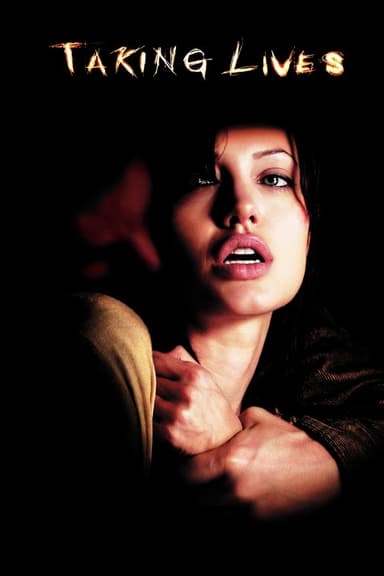
The Crimson Rivers
2000 • Crime, Mystery, Thriller • R
Two French policemen, one investigating a grisly murder at a remote mountain college, the other working on the desecration of a young girl's grave by skinheads, are brought together by the clues from their respective cases. Soon after they start working together, more murders are committed, and the pair begin to discover just what dark secrets are behind the killings.
Runtime: 1h 46m
Why you should read the novel
If you loved the atmosphere of The Crimson Rivers, read the source novel Blood-Red Rivers by Jean-Christophe Grangé to experience the full depth of the story. The book delivers layered psychology, forensic detail, and a richer sense of dread that no screen adaptation can fully capture. It is the definitive way to enter this dark, snowbound mystery.
Grangé’s prose builds a world of chilling academia, mountain isolation, and moral ambiguity that rewards patient, immersive reading. The novel’s pacing, twists, and character revelations unfold with meticulous precision, giving crime-thriller fans a superior, slow-burn experience. It’s perfect for readers who crave complex plotting and haunting themes.
Choosing the book over the movie means discovering expanded backstories, sharper motives, and a conspiracy with greater historical resonance. Search for Blood-Red Rivers by Jean-Christophe Grangé to get the complete narrative as intended by its creator. For thriller enthusiasts, the novel is the must-read version of this story.
Adaptation differences
The film streamlines characters and changes the investigator pairing. In the novel, Niémans is paired with a very different counterpart whose background and identity bring layered social and cultural themes to the investigation. The movie replaces and reshapes this dynamic, shifting tone toward buddy-thriller energy and away from the book’s nuanced contrasts.
Plot architecture and scope are also compressed on screen. The novel runs two parallel investigations in distinct locations that interlock gradually, with more red herrings and procedural legwork. The adaptation tightens timelines, merges or trims subplots, and accelerates the convergence of cases to maintain cinematic momentum.
World-building differs significantly. Grangé’s book dives deeper into the university’s insular culture, scientific pretensions, and the historical roots of its ideology. The film preserves the broad idea but simplifies institutional history, scales back side characters, and reduces the academic mythology to clear, visual hooks suited to a two-hour runtime.
Tone, violence, and resolution shift as well. The novel is more graphically forensic and psychologically introspective, while the movie leans toward kinetic set pieces and a more explosive finale. Motivations are clarified or altered for clarity, and the ending is reshaped for cinematic catharsis rather than the book’s more layered and unsettling implications.
The Crimson Rivers inspired from
Blood-Red Rivers
by Jean-Christophe Grangé










